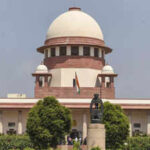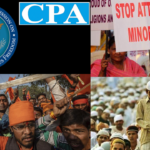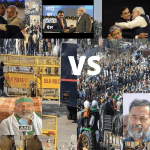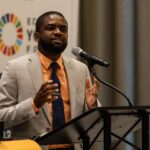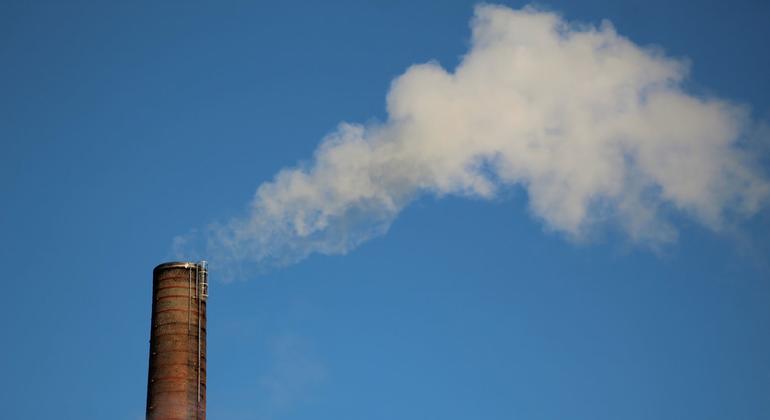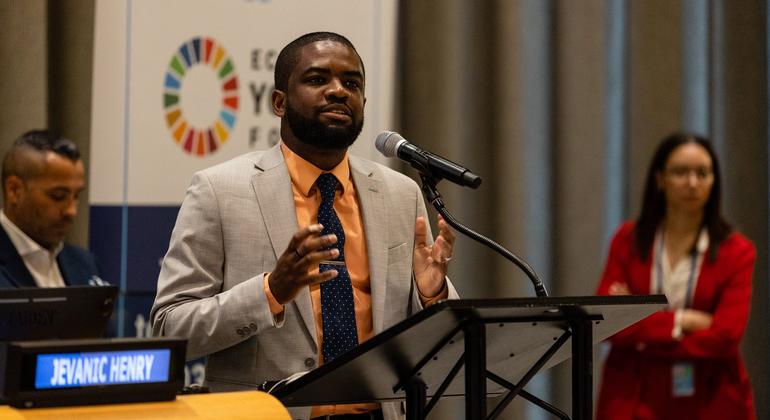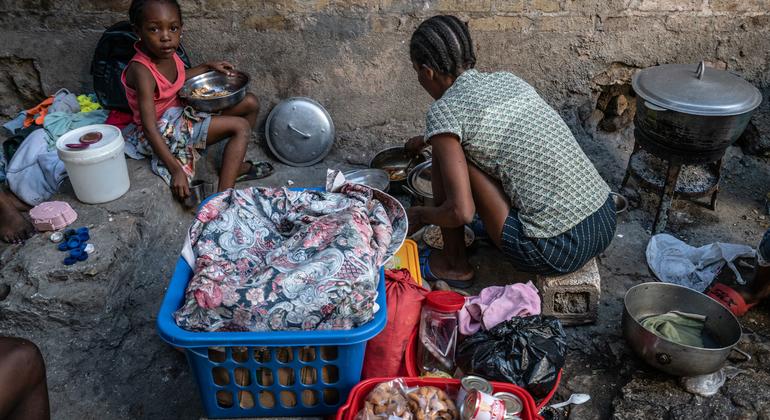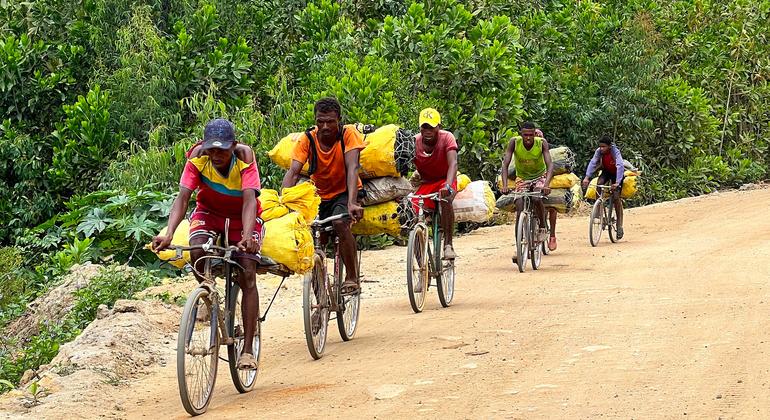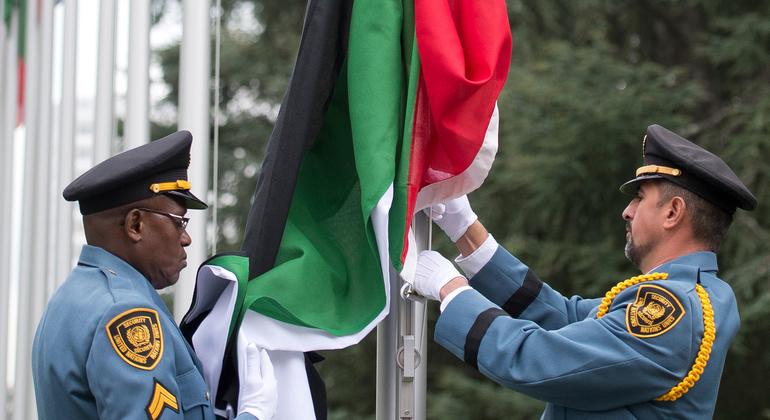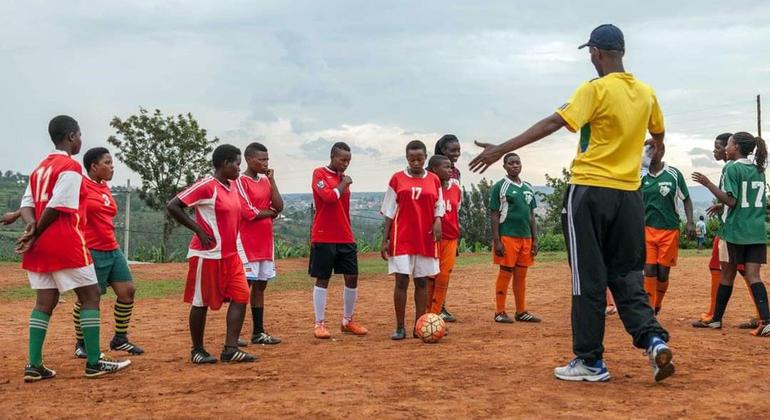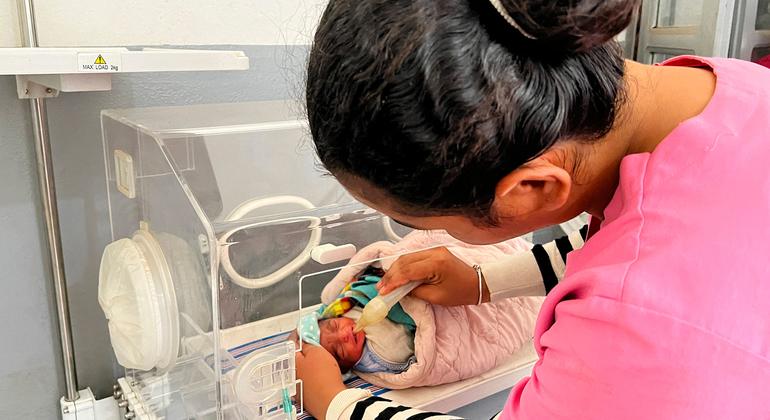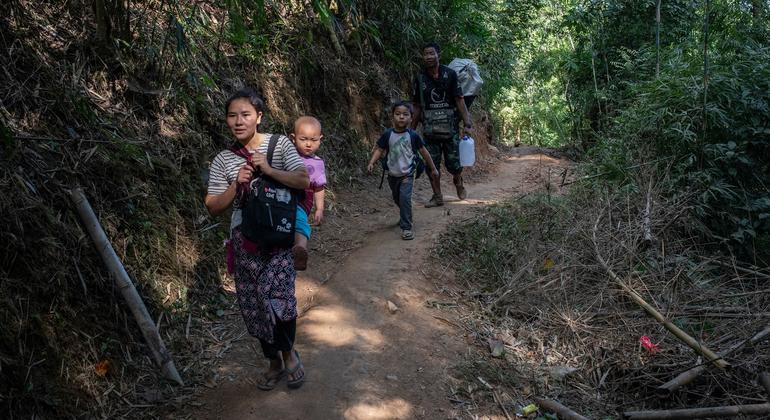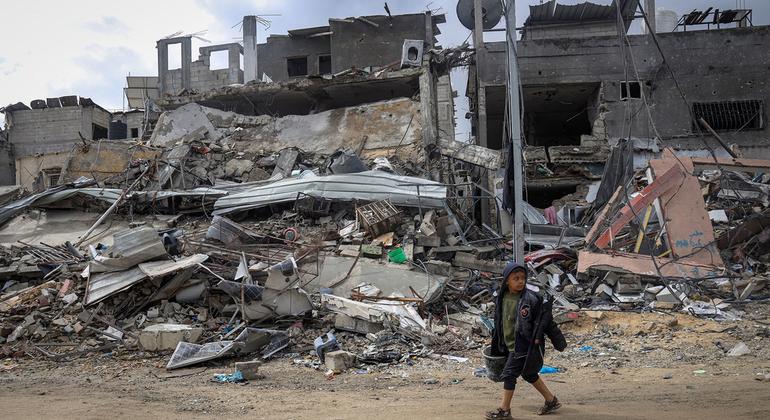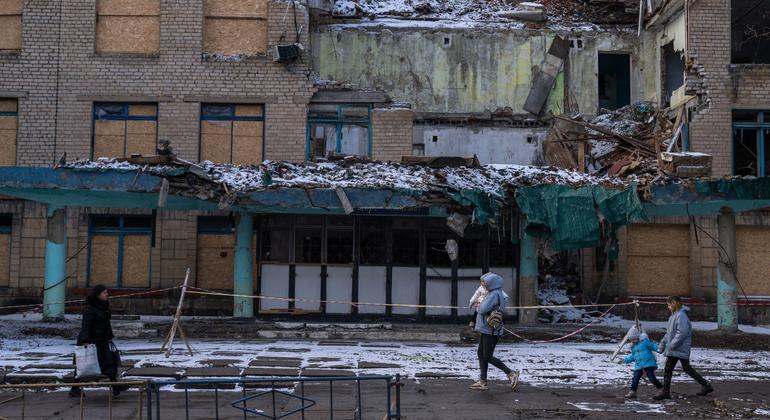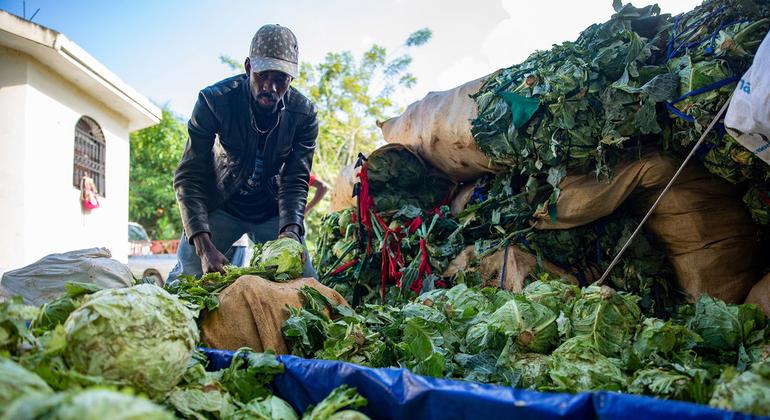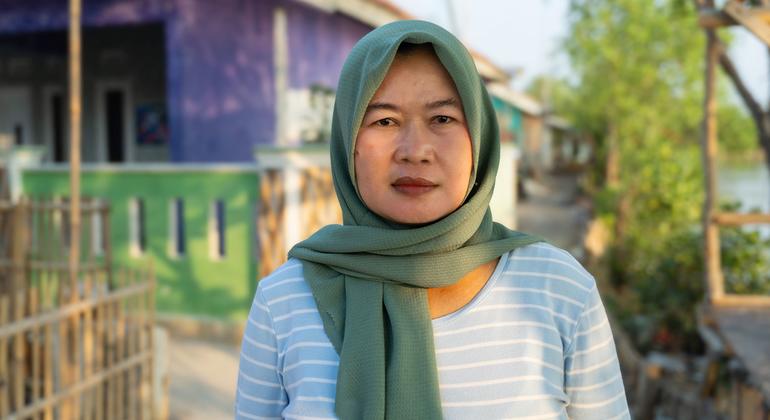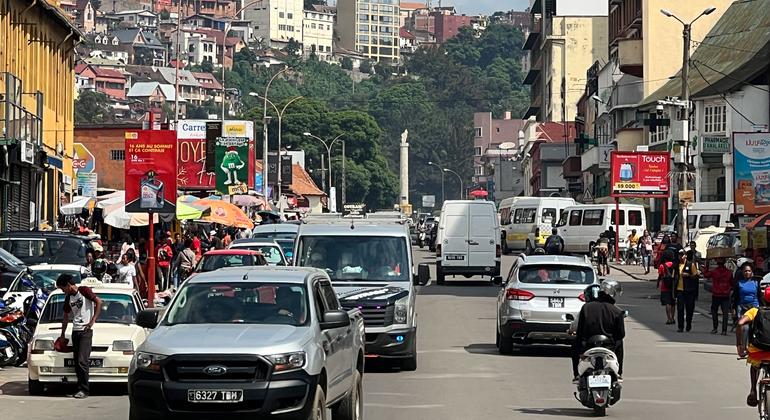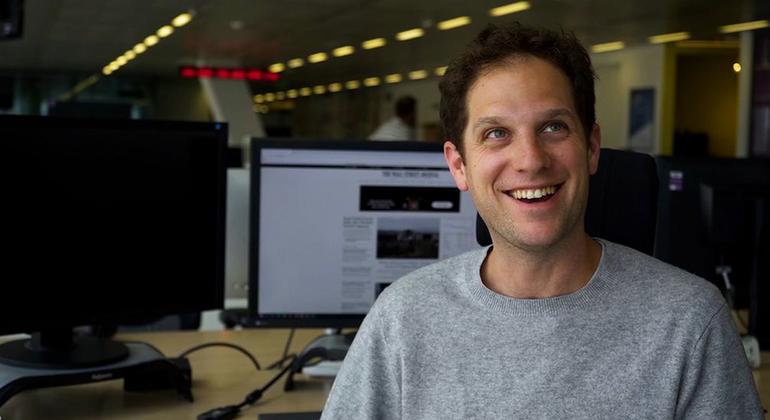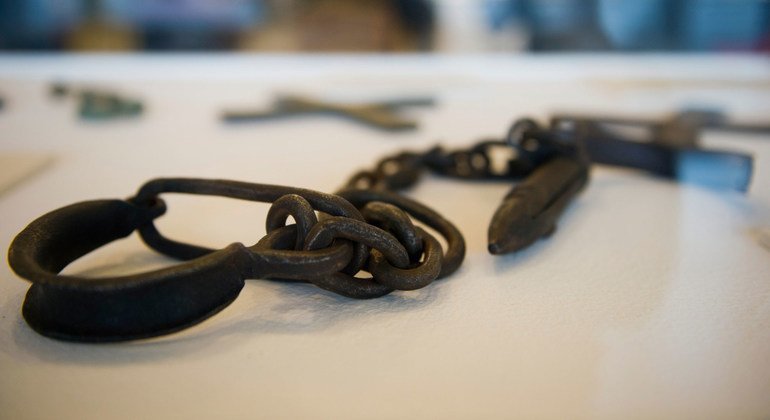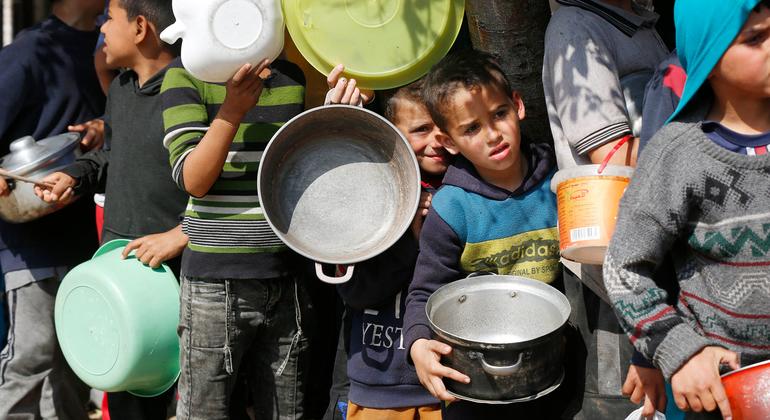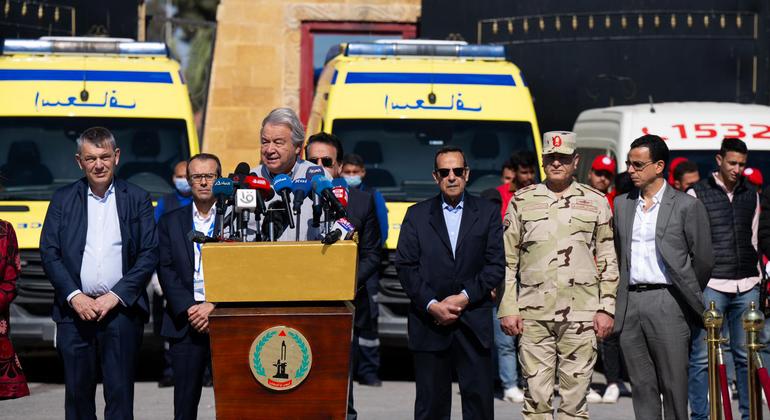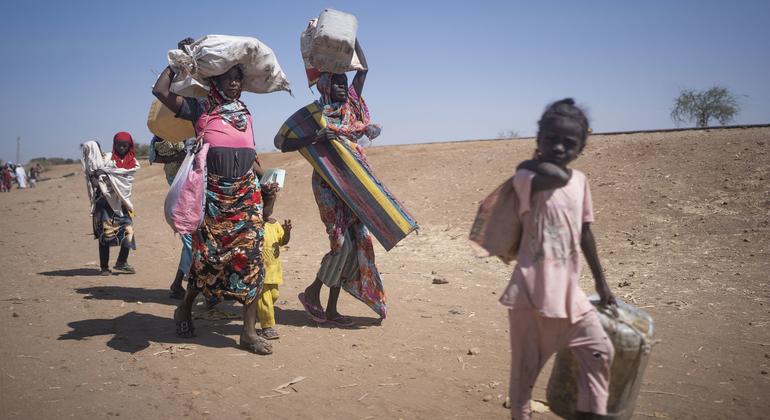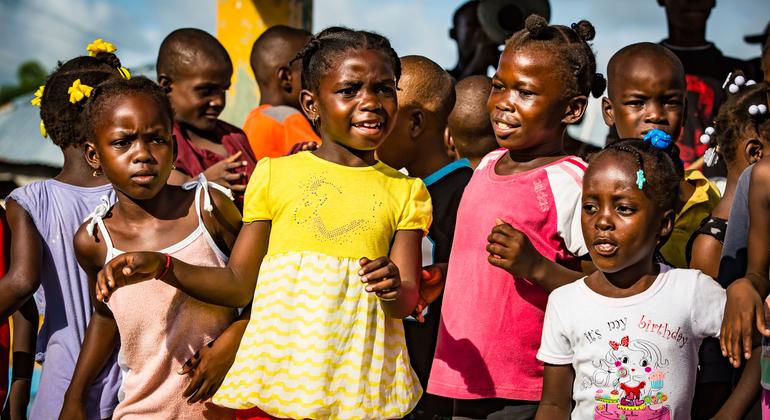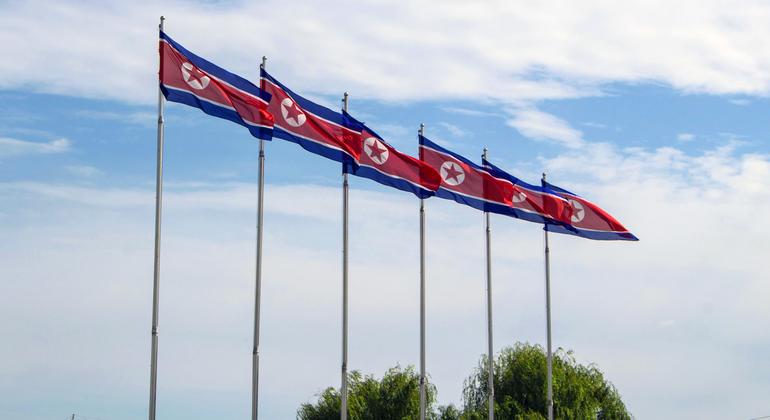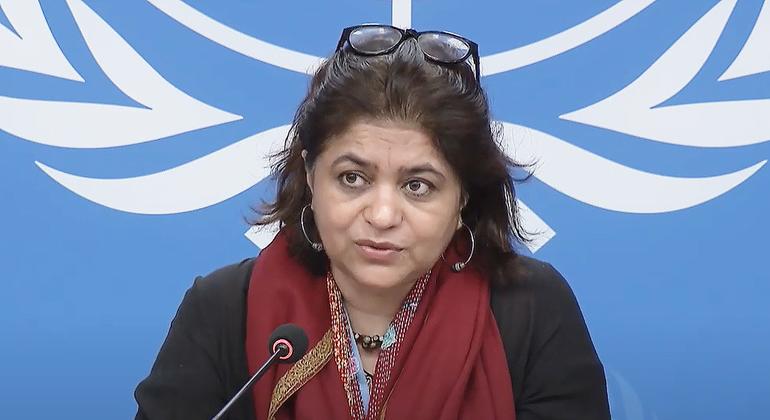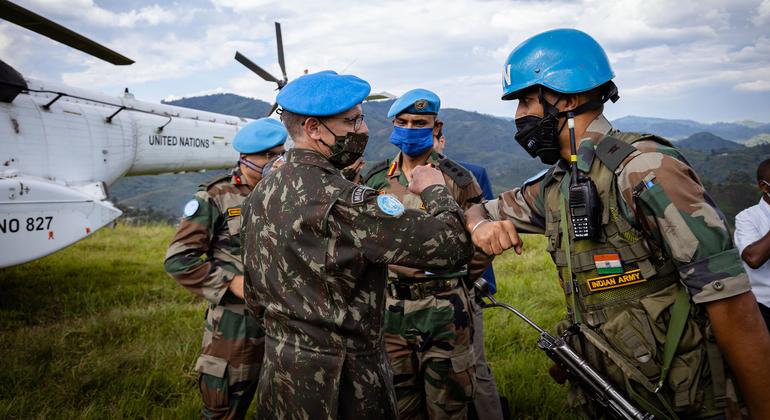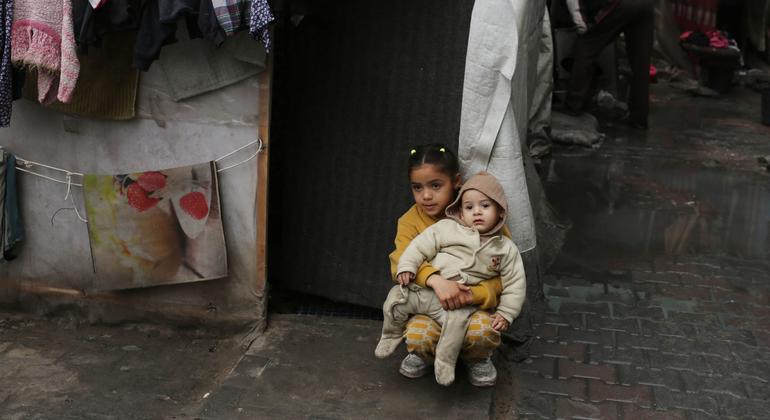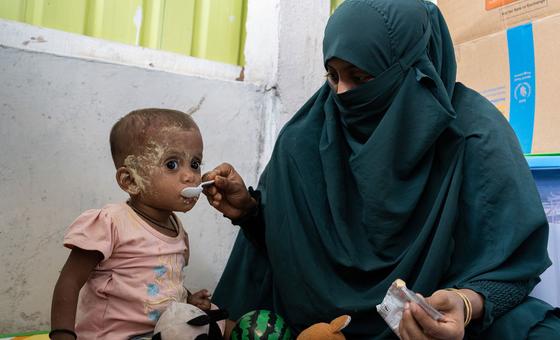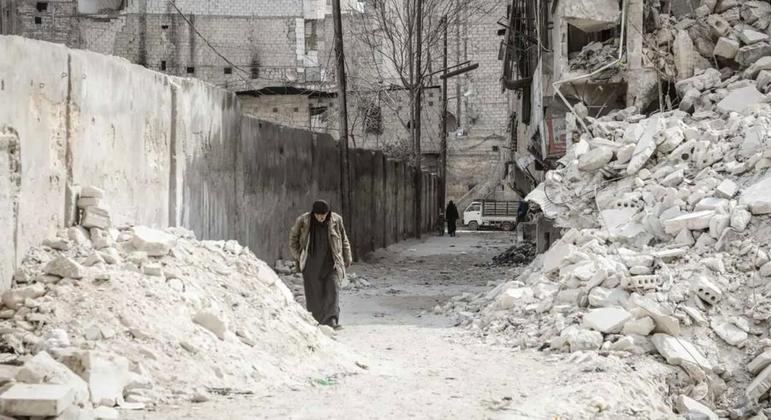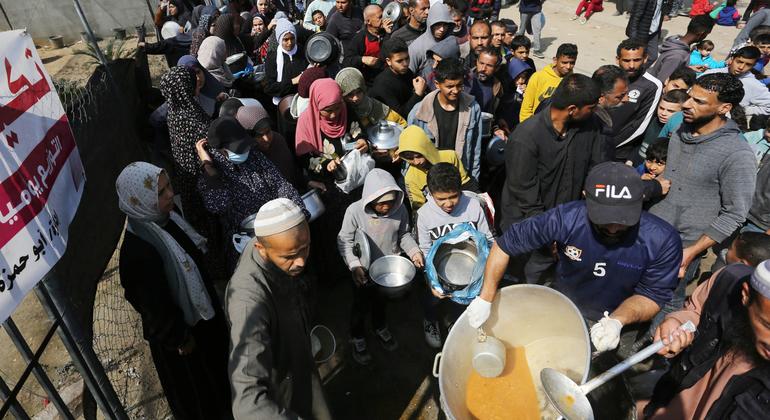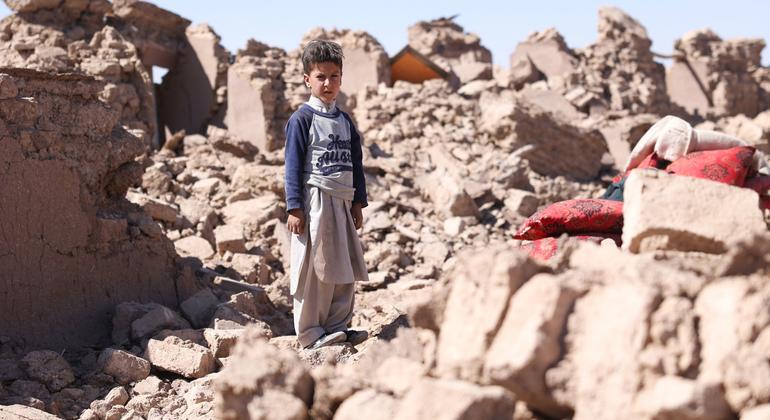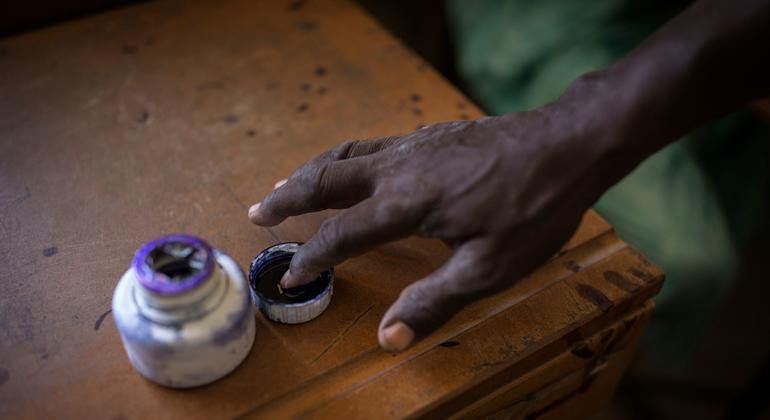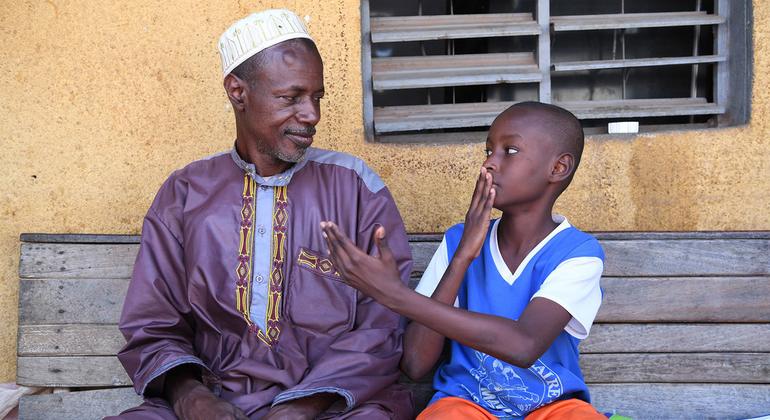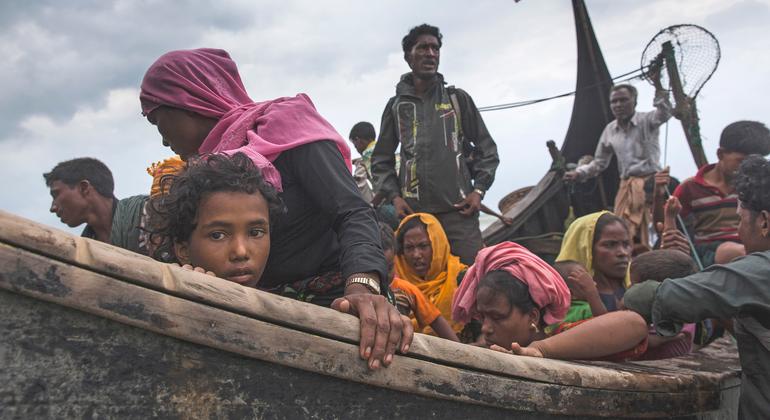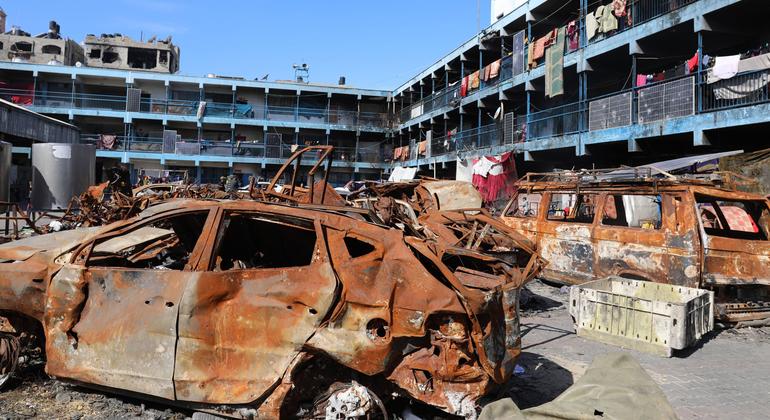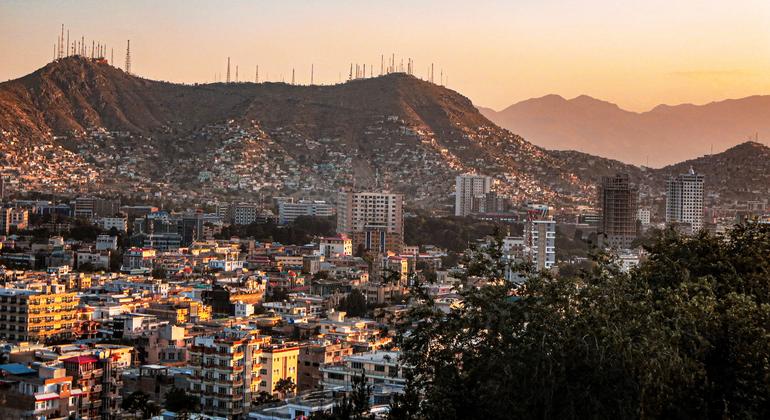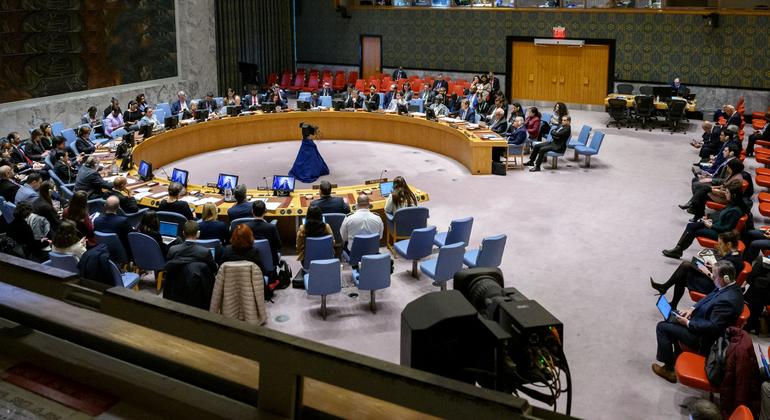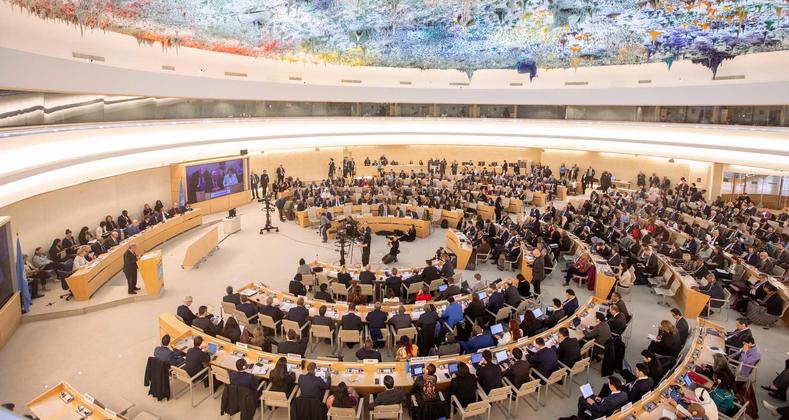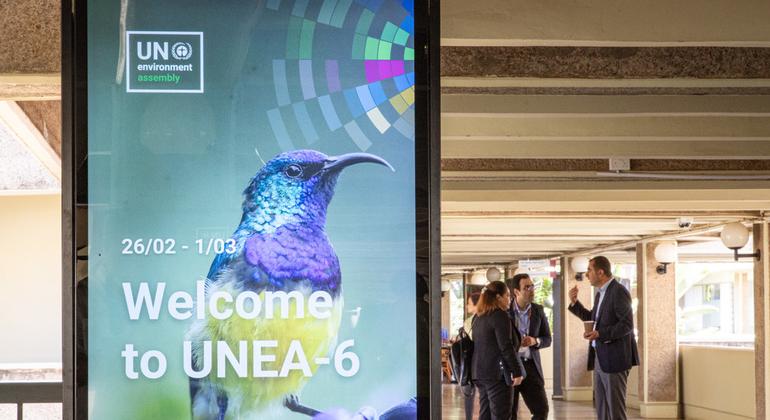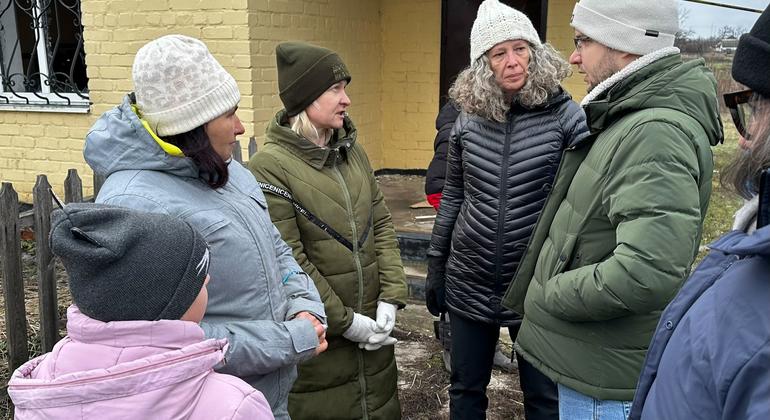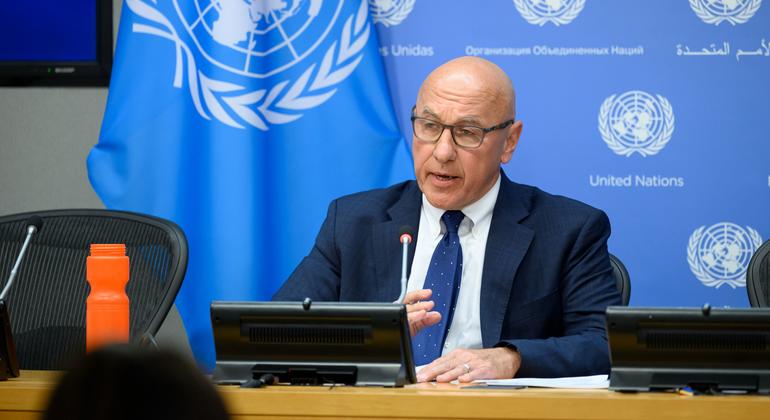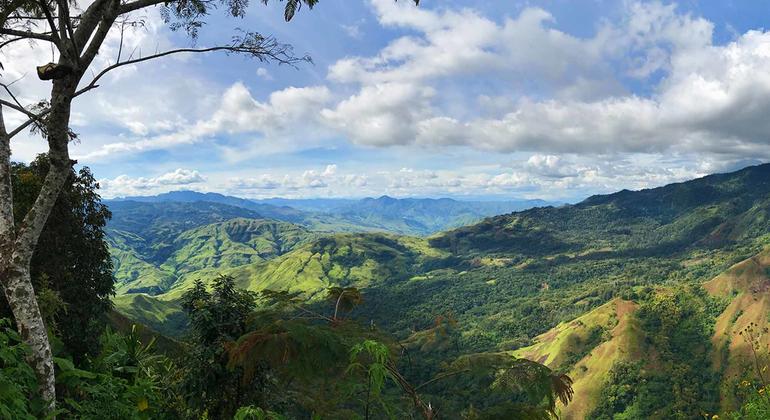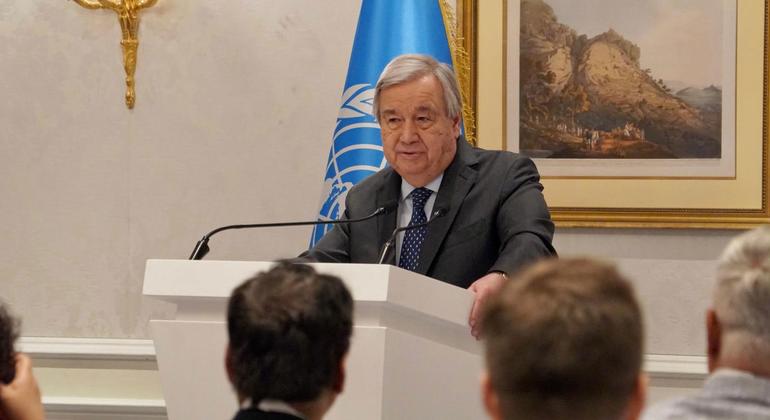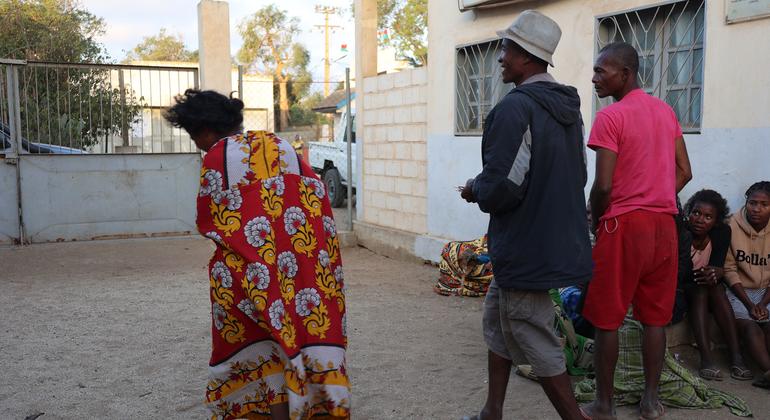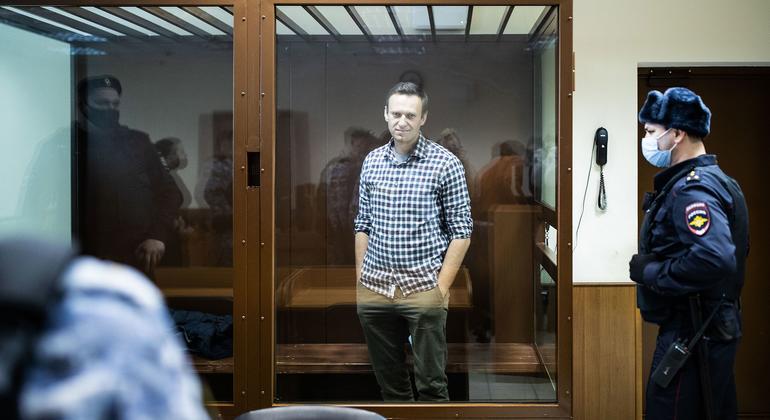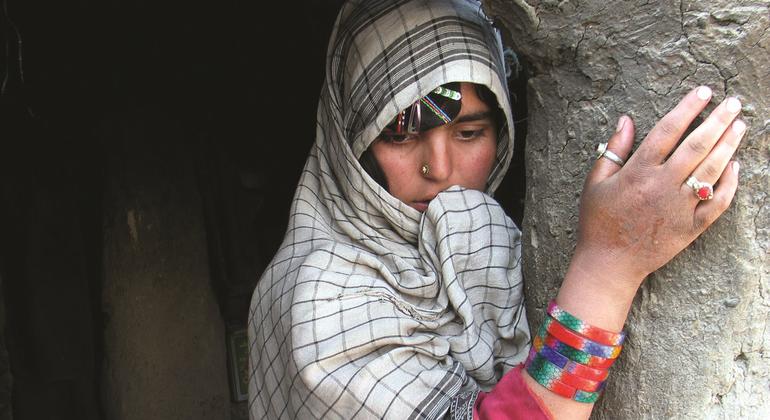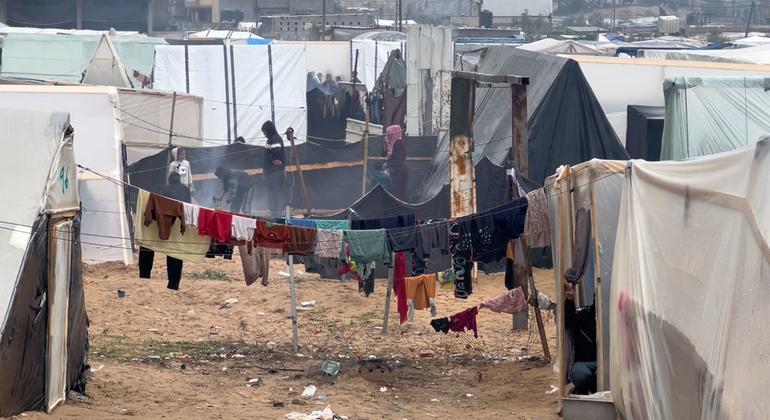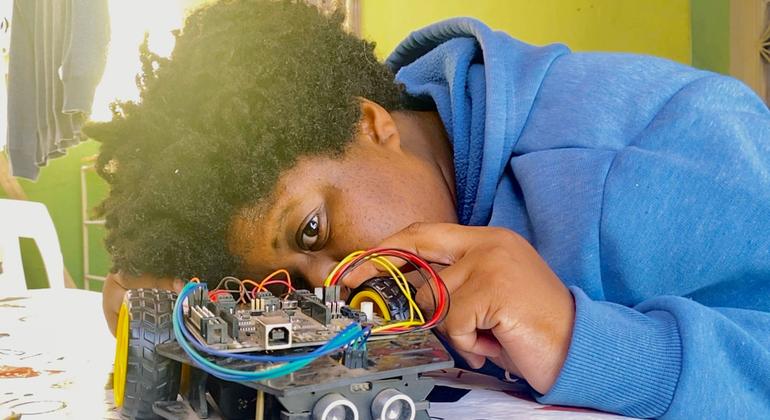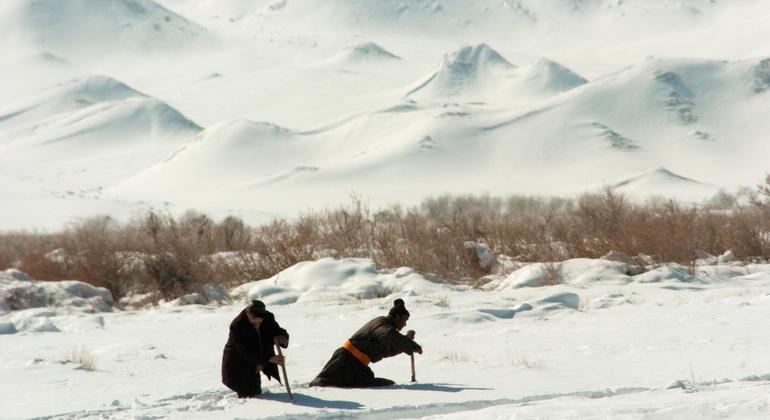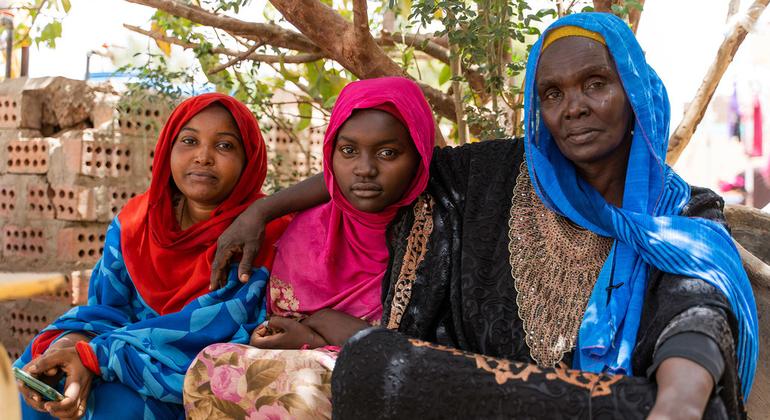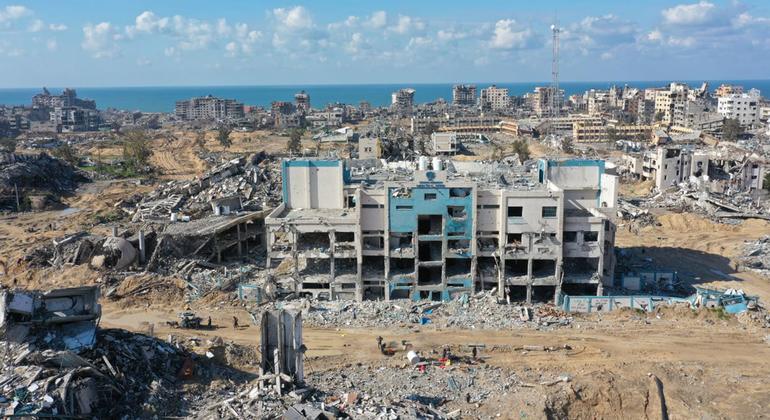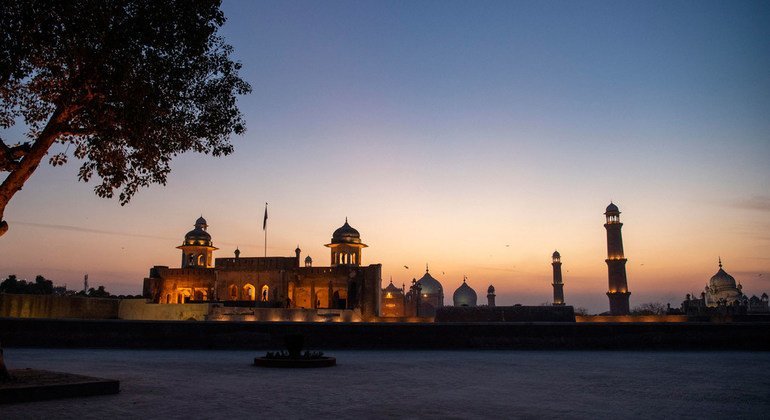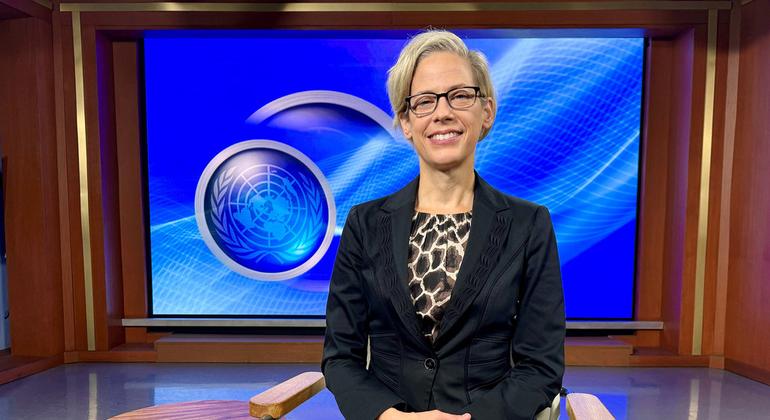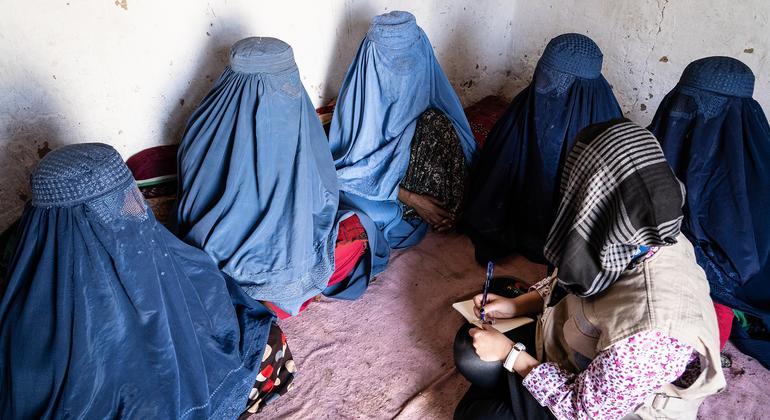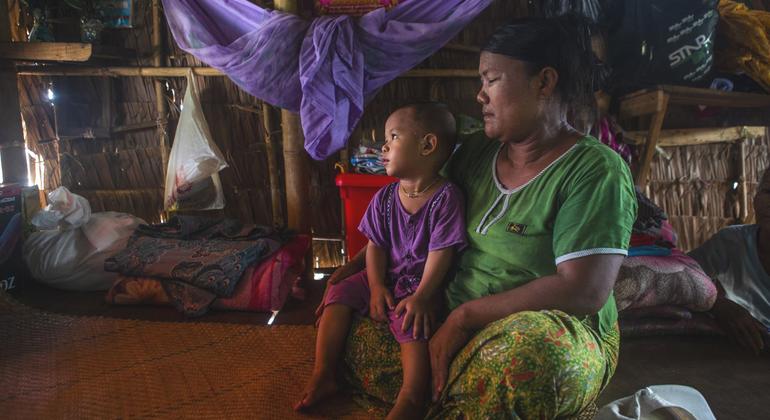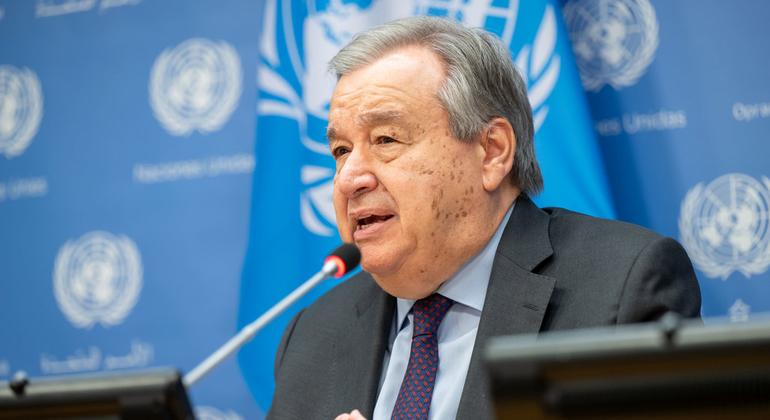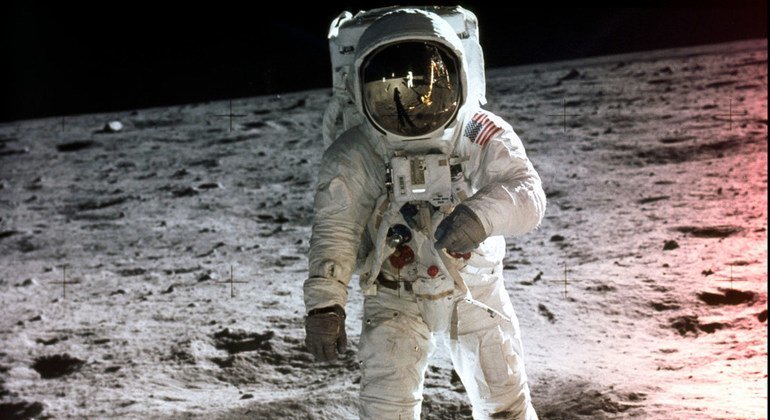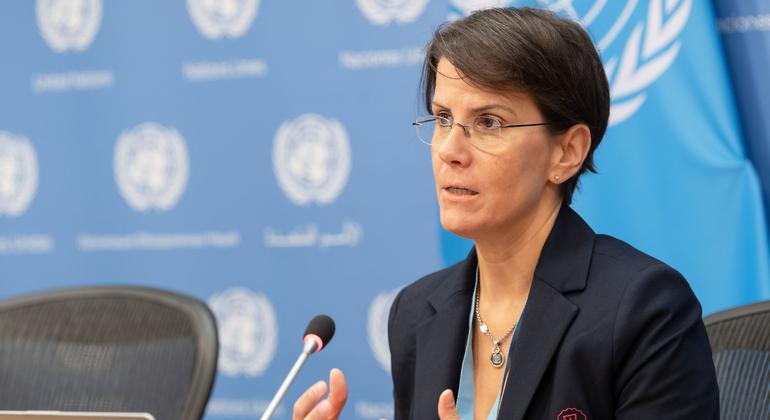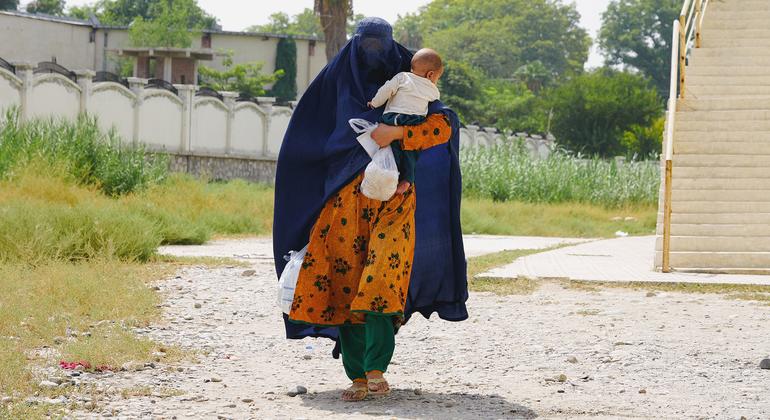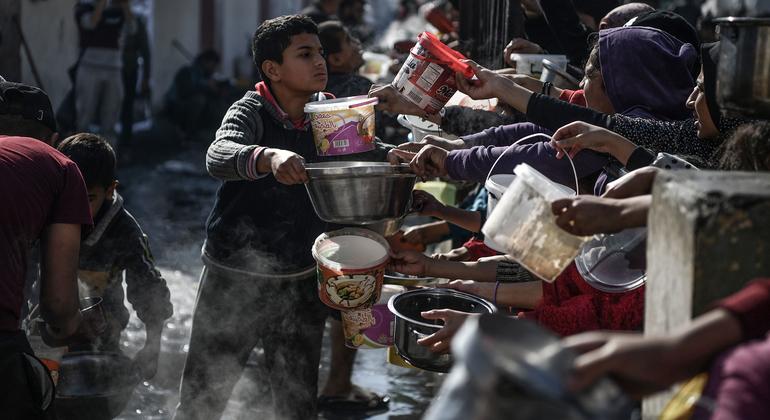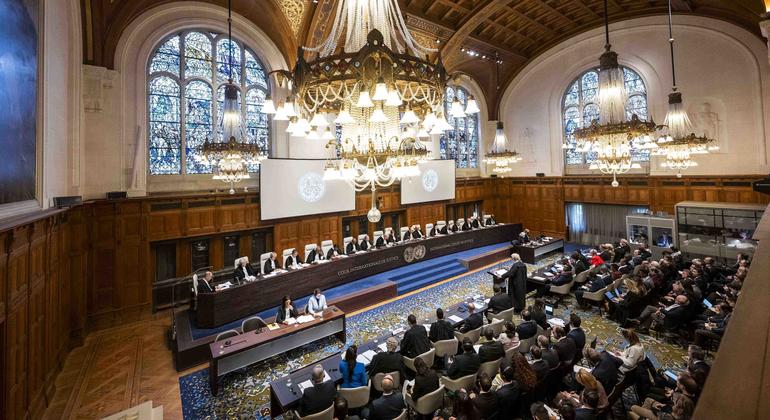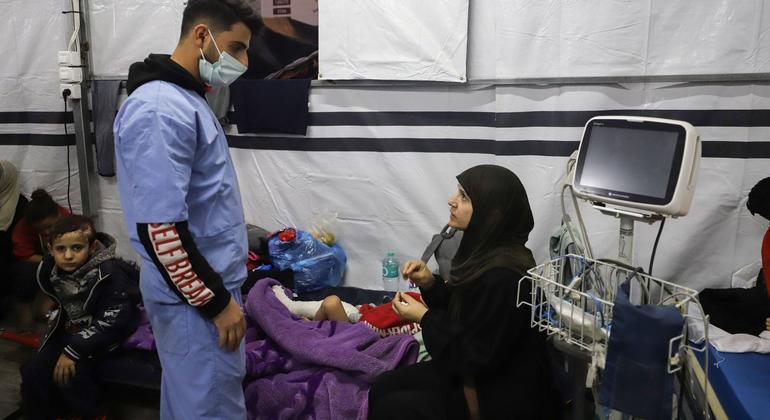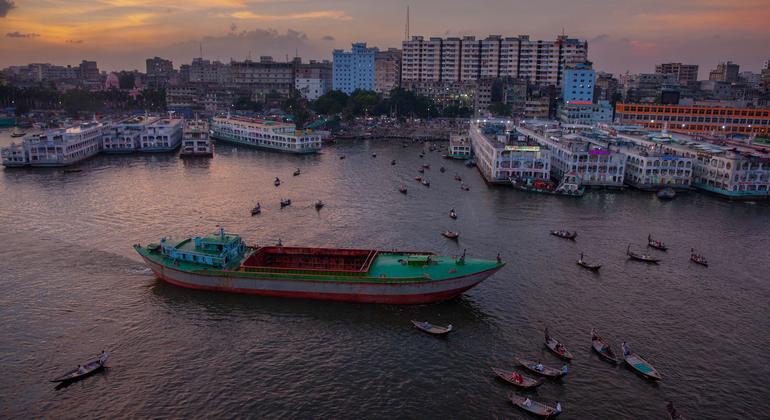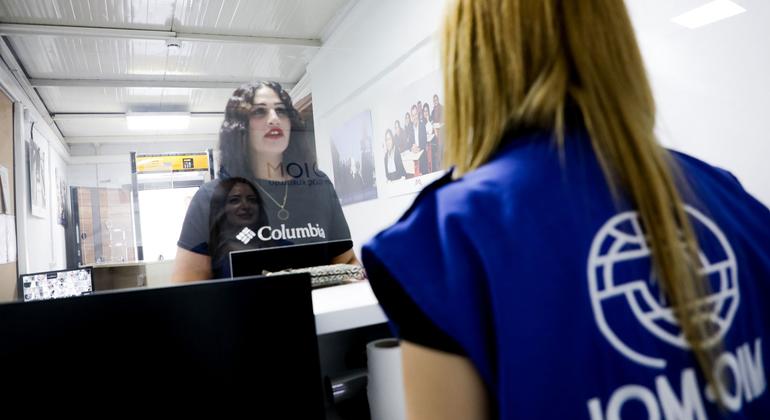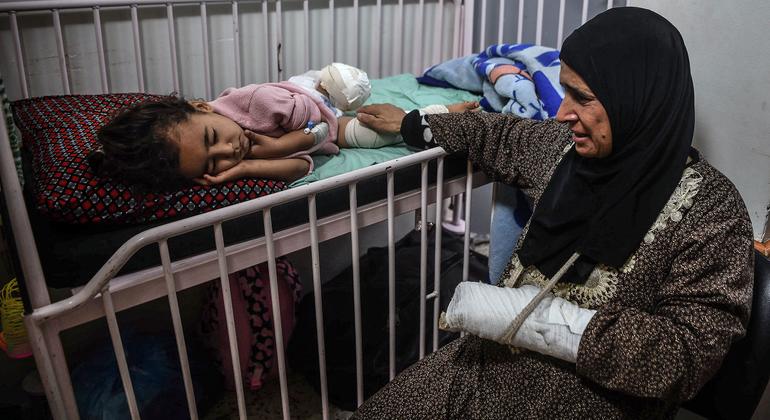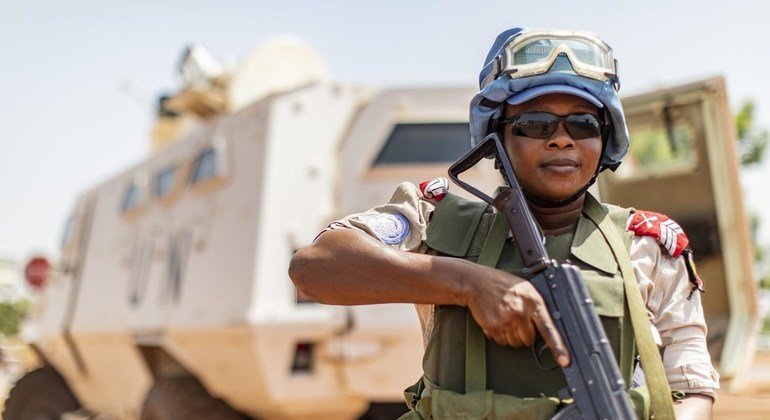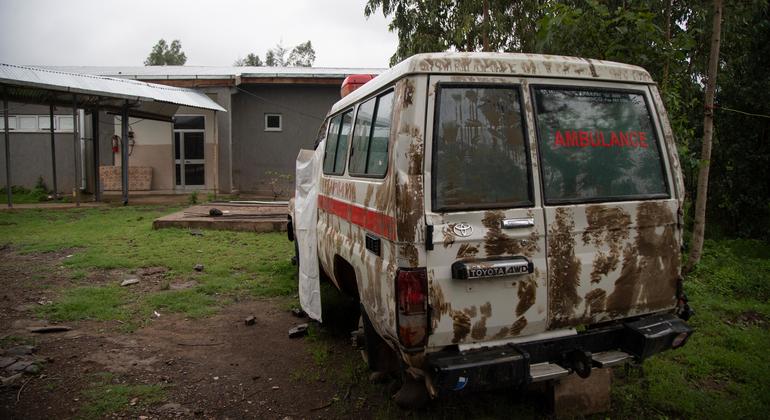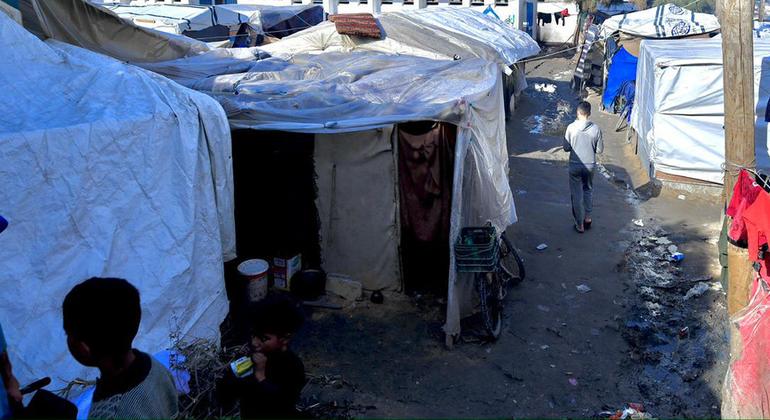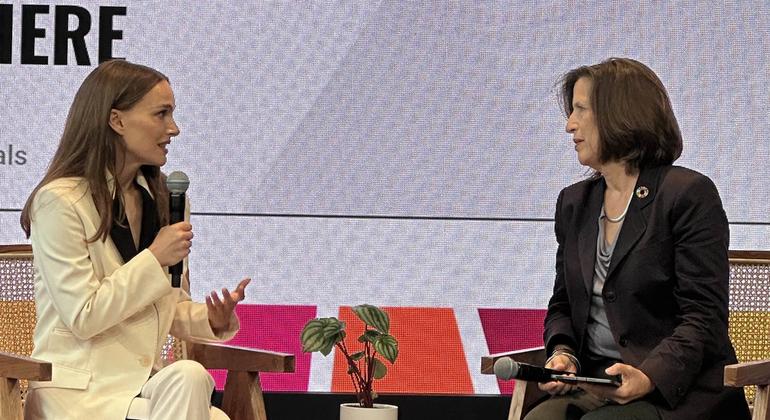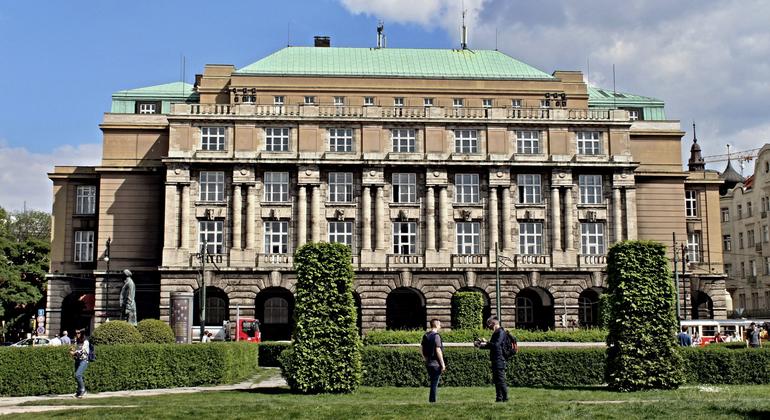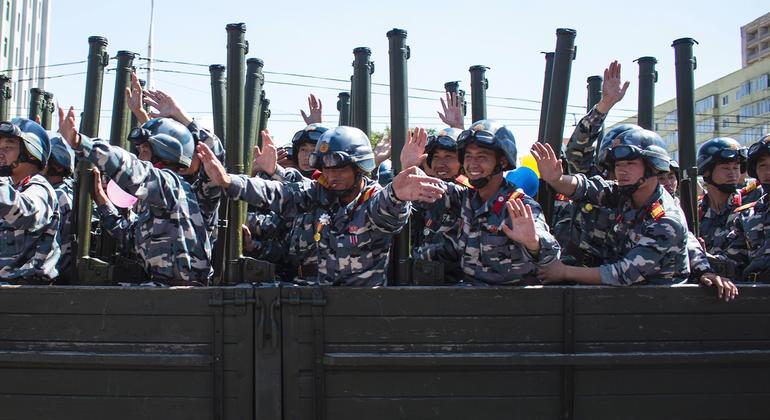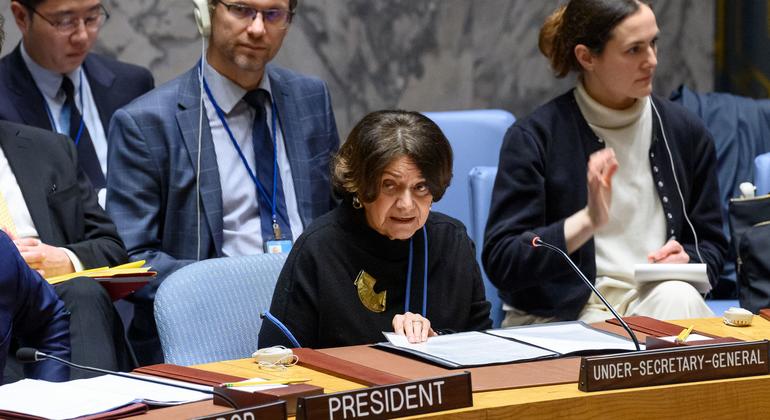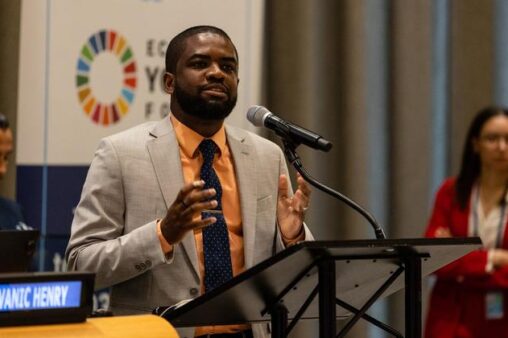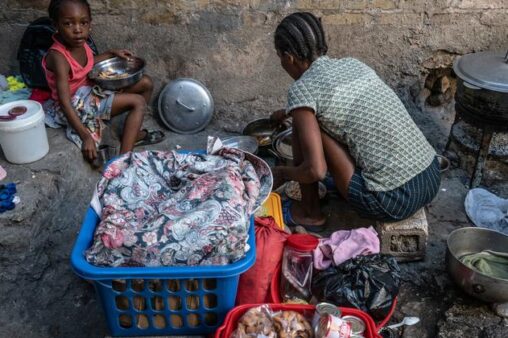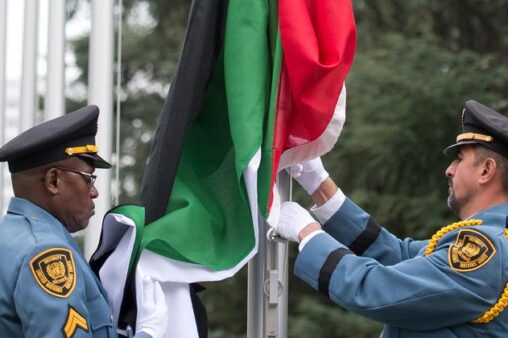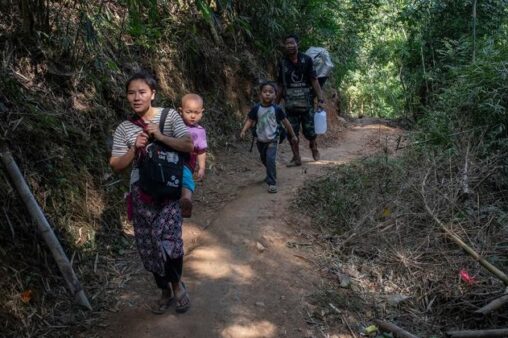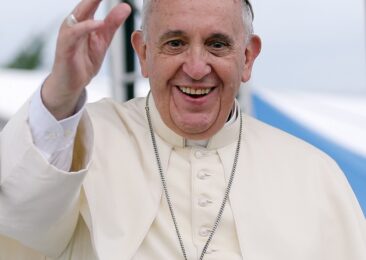COP28: Methane pledge by the ‘giants behind the climate crisis’ falls short, says Guterres
[ad_1]
As the fourth day of this year’s UN climate conference got under way, the UN chief stated: “The fossil fuel industry is finally starting to wake up, but the promises made clearly fall short of what is required.”
Reacting to the pledge announced on Saturday by several major oil and gas companies to reduce methane leaks from their pipelines by 2030, Mr. Guterres said it is a “step in the right direction”, but the promise failed to address a core issue, namely, eliminating emissions from fossil fuel consumption.
Methane (CH4) is a primary component of natural gas and is responsible for about a third of the planetary warming we see today. It is short-lived but is more powerful than carbon dioxide, the greenhouse gas most responsible for climate change. Without serious action, global anthropogenic methane emissions are projected to rise by up to 13 per cent between now and 2030.
UN agencies tell you here what you need to know about methane.
Dubbing the oil and gas companies, the “giant behind the climate crisis”, the Secretary-General also pointed out that the pledge did not provide clarity on the pathway to reaching net-zero by 2050, which is “absolutely essential to ensure integrity.”
“Science is clear: we need to phase out fossil fuels within a timeframe compatible with limiting global warming to 1.5 Celsius,” he reiterated, referring to one of the keystone targets set by the landmark 2015 Paris Agreement.
“There must be no room for greenwashing,” he said, referring to the dangers involved in promoting deceptive marketing and false claims of sustainability.
Find out more here about the tactics of ‘greenwashing’.
Early Warning for All
The groundbreaking Early Warnings for All Initiative launched by the Secretary-General last year, aims to protect everyone from hazardous weather, water or climate through life-saving early warning systems by the end of 2027.
“This is an ambitious goal – but it is achievable. To make it a reality, we need all hands-on deck – collaborating and cooperating in a way that has not been done before,” he told delegates at Sunday’s main event on the issue.
Mr. Guterres also launched a new report, prepared by the UN Office for Disaster Risk Reduction (UNDRR) and the UN World Meteorological Organization (WMO) which shows that more lives are being protected from extreme weather and dangerous climate change impacts, but the pace of progress remains insufficient.
So far,101 countries reported having an early warning system, an increase of six countries compared to last year, and representing a doubling of coverage since 2015.
Yet, half of countries globally still do not have adequate multi-hazard early warning systems, the report finds.
The head of UNDRR Mami Mizutori said: “The progress is encouraging but we must not be complacent … with an 80 per cent increase in the number of people affected by disasters since 2015 and half the world still lacking access to early warnings.”
“Early warnings are the low-hanging fruit of climate adaptation. They are not a luxury but a must,” added WMO Secretary-General Petteri Taalas.

Basic tool to save lives
The UN chief said Early Warnings for All systems are “the most basic tool for saving lives and securing livelihoods” in a world defined by “escalating climate injustices”.
Worryingly, countries that are vulnerable to extreme weather, especially small island developing States and least developed countries, as well as the entire African continent, have a rate of protection is well below the global average.
“And delayed action leads to more extreme weather events. More deaths. More destruction,” stated the Secretary-General.
Progress so far
Highlighting the progress made over the past year, Mr. Guterres shared examples from several countries:
- Maldives, Laos and Ethiopia now have dedicated national action plans;
- Benin has strengthened communications to reach communities at greatest risk; and
- Fiji’s flash flood warning has been expanded to benefit nearly one million people.
He pointed out that in a world on a fast-track to temperature increase of 3 degrees Celsius, climate vulnerability is bound to escalate.
Therefore, it is critical to cut carbon pollution at an accelerated pace and invest in protecting vulnerable communities from the impact of more frequent and severe climate-related events.
The estimated cost of bringing everyone under the protection of early warning systems would be around $3 billion, “a tiny fraction of the hundreds of billions made by the fossil fuel industry last year.”
Mr. Guterres called for a windfall tax on these profits, and for the money to be used to protect those suffering the worst impacts, encouraging countries to be “bold and ambitious and to double the speed and scale of support in 2024”.
Race to net-zero
During a roundtable on the latest report from his High-Level Expert Group on Net-Zero, the Secretary-General said that COP28 is about turning things around, but national governments cannot do it alone.
“Businesses, financial institutions, civil society, cities, states and regions are all critical in the race to net-zero,” he said.
In simple terms, ‘net-zero’ means cutting greenhouse gas emissions to as close to zero as possible.
In March 2022, the UN chief established the expert group to develop stronger and clearer standards for pledges by non-State entities and speed up their implementation which outlined ten recommendations in its report, as a how-to guide for credible, accountable net-zero pledges.
Reminding the room of his ‘Acceleration Agenda,’ Mr. Guterres called on governments and non-State actors to radically speed-up efforts to cut emissions, for which he highlighted five key elements:
- Genuine decarbonization effort to cover all activities, across every link of value chains;
- Detailed targets for 2025, 2030 and 2035, in line 1.5 degrees target of the Paris Agreement;
- Disclosure of all lobbying, policy engagements and communication campaigns;
- Information on efforts to change business models and internal operations to phase out fossil fuels; and
- Move towards a just, equitable and accelerated renewables transition.
Want to know more? Check out our special events page, where you can find all our coverage of the COP28 climate conference, including stories and videos, explainers and our newsletter.
[ad_2]
Source link



